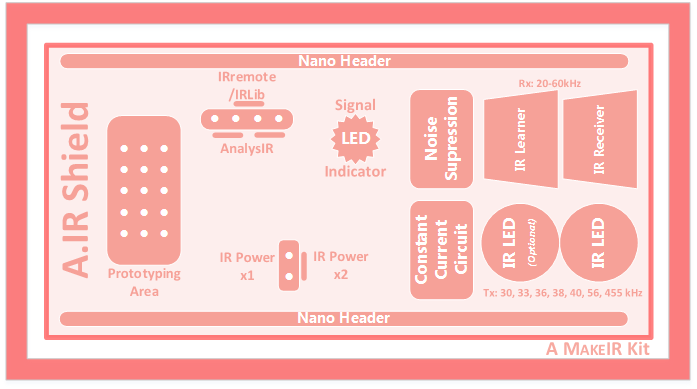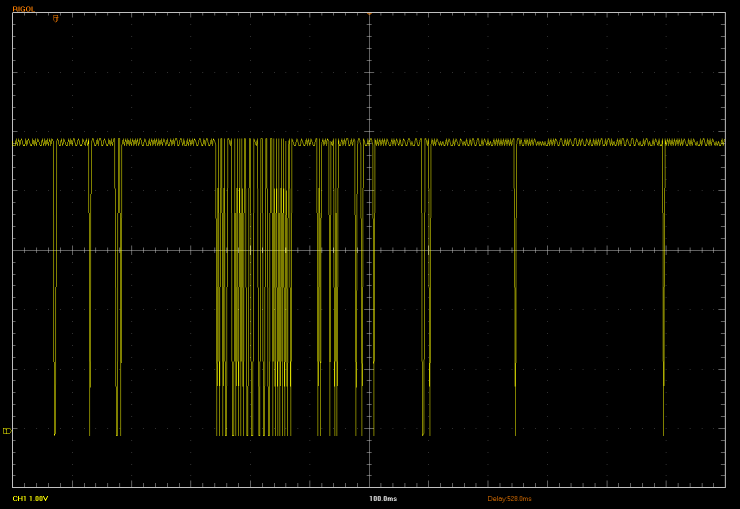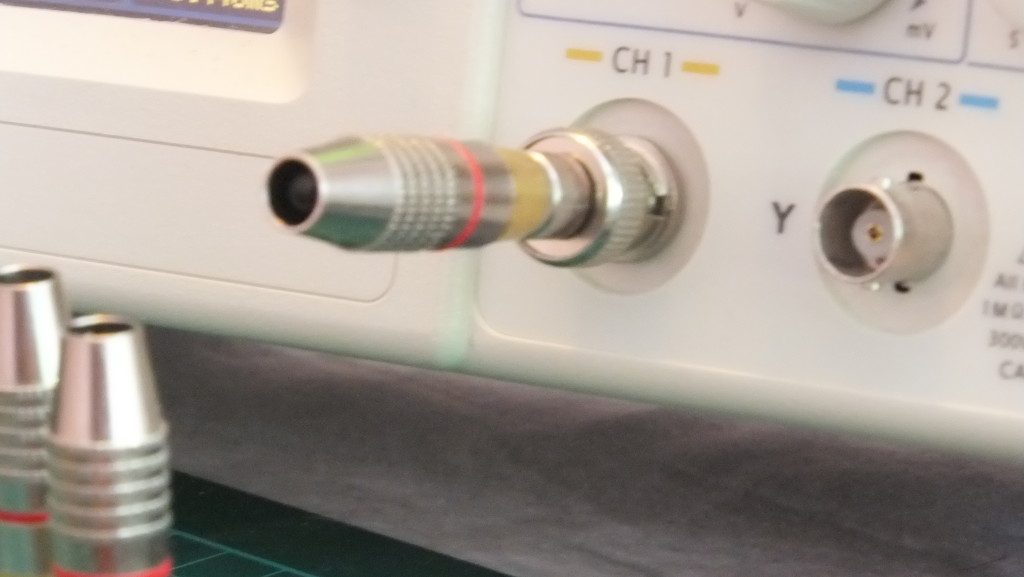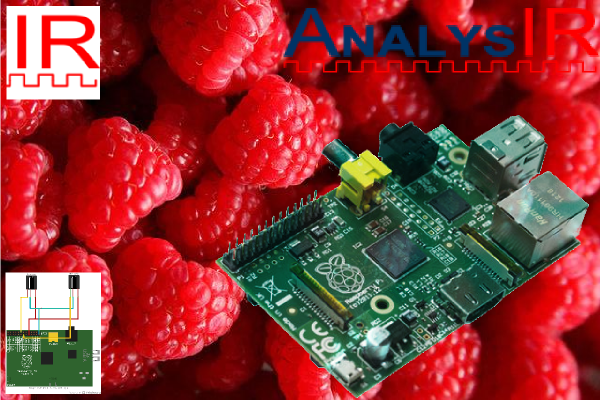The fifth member of our MakeIR series of devices & kits is the A.IR Shield Nano. This shield works out of the box with AnalysIR and is essentially plug & play , with additional prototyping options. The shield comes attached to an Arduino nano compatible device (clone). Although designed specifically for AnalysIR, users can also upload IRremote, IRLib or any Arduino sketches that run on the Nano. A.IR shield is built with only the highest quality IR components available and boasts dual Infrared emitters with configurable IR Power.

We have provided a link below to the preliminary product data sheet and would welcome feedback on additional, nice to have or missing features, if any. Please read the data sheet for a more detailed description of the A.IR shield. Continue reading Preview: A.IR Shield Nano, a high-end Infrared Shield for AnalysIR, IRremote & IRLib







